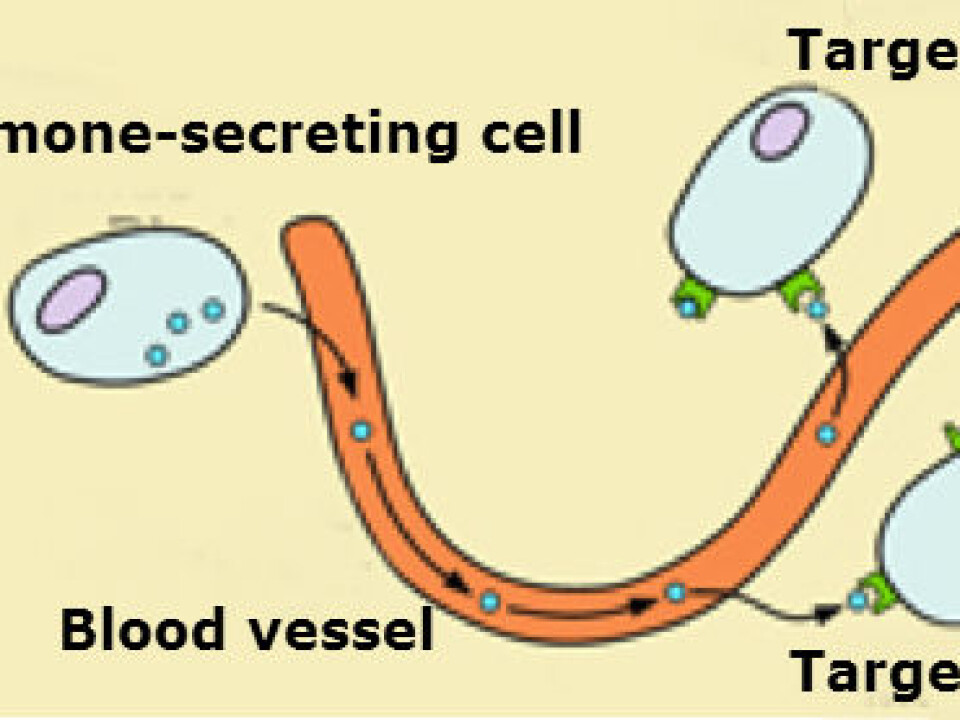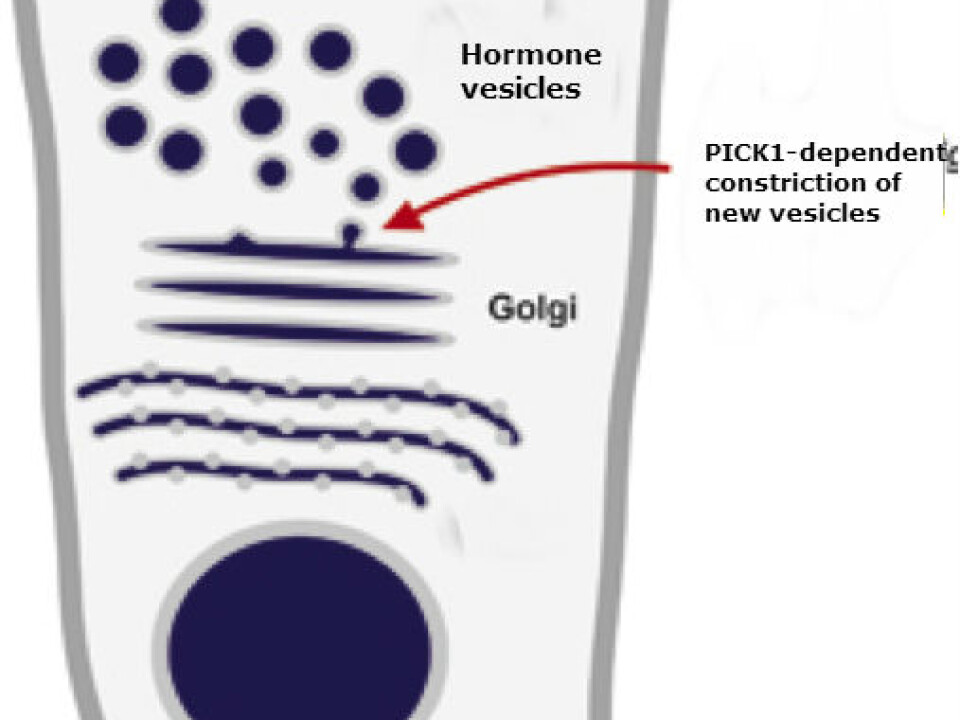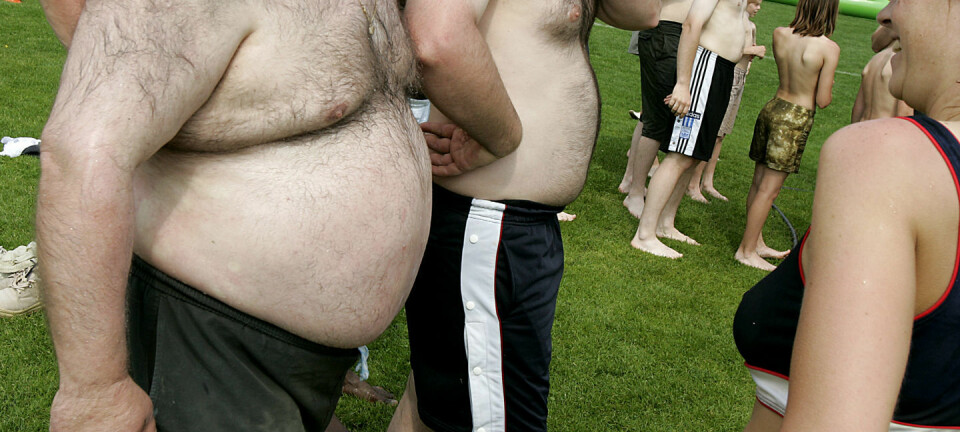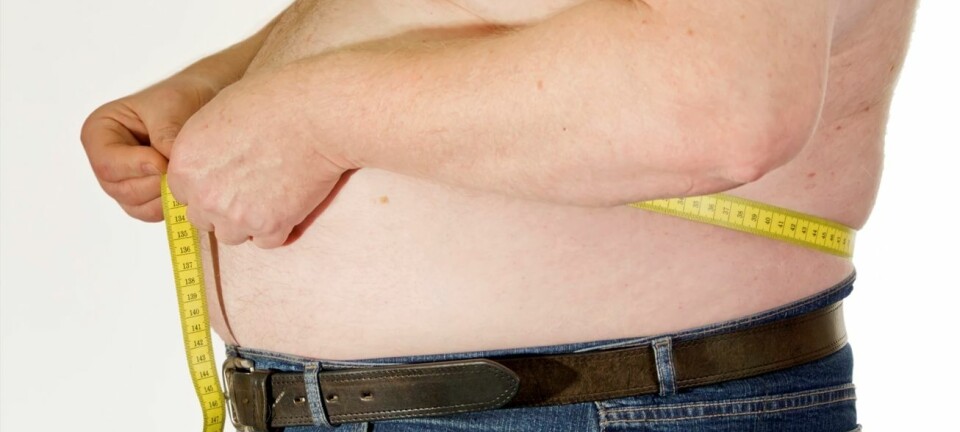
Possible new cause of diabetes, obesity and poor growth
Scientists have discovered a completely new function of a specific protein. This may help explain diabetes, obesity and slow growth.
Those pesky little fruit flies may well have made a significant contribution to health science.
Experiments with fruit flies and mice have led researchers one step closer to understanding our body’s ability to regulate certain hormones such as insulin and growth hormone.
A team of researchers from the University of Copenhagen has found that the so-called PICK1 protein plays a greater role than previously thought.
“Scientists have known about the PICK1 protein for some time, but we have discovered an entirely new function of the protein,” says one of the researchers behind the new study, Professor Ulrik Gether.

“We have studied the role that PICK1 plays in the release of growth hormone from the pituitary gland and insulin from the pancreas.”
PICK1 deficiency led to obesity and impaired glucose tolerance
The experiments revealed that a lack of PICK1 led to a lack of growth hormone and insulin in both fruit flies and mice.
The discovery was made by chance. Gether’s colleague, Ole Kjærulff, first discovered that the PICK1 protein in the smallest of the fruit flies was not located in the brain, as expected, but in cells which form the equivalent to human growth hormone and insulin in fruit flies.
This led the team to take a closer look at whether PICK1 could also be found in insulin- and growth hormone-producing cells in mice.

”Mice with PICK1 deficiency carry more fat, are surprisingly small and do not thrive as well as the other mice. We then discovered that these mice lacked growth hormone and insulin. We looked into this, and through a long series of experiments we found that there was something wrong with the way the cells stored hormones,” explains Gether.
“In mice, we can clearly see that the animals become small and fat and less tolerant to sugar when deficient in PICK1. We have reason to believe that the same is true for humans.”
Cells filled with bags of hormones
The cells in these glands release hormones into the bloodstream when needed, which is why the cells are filled with tiny bags of hormones.
When it’s time for these bags to be refilled, things get busy. The so-called Golgi apparatus – the body’s own packaging system – packages proteins inside the cell before they are sent to their destination.
When the proteins have been packaged into small transport particles, called vesicles, they remain inside the particles until the cells receive a signal to release them.
It is this process that can now be explained with reference to PICK1’s special characteristics.
Hormones unlock organs
The hormonal system controls and regulates many of our bodily functions. Metabolism is a good example: here, special glands (endocrine glands, see Factbox) release hormones directly into the bloodstream (see picture 1).
Hormones are transmitter substances that are spread out quickly to the organs they are designed to regulate. Here, the hormones are recognised by the receptor molecules on the organ’s cells.
Each hormone fits exactly to the receptor organ. This means that each organ only recognises its own hormones.
When the hormone reaches the receptor, it triggers a biochemical process in the cell. This process varies according to the type of receptor.
Endocrine glands in the pancreas, for instance, secrete insulin after a meal. Insulin binds to the receptors on muscles, fat tissue and the liver, and boosts the ability of these organs to absorb and store sugar.
Growth hormone is released from the pituitary gland in the brain. This hormone stimulates the growth of a long series of organs. Since growth hormone impairs the liver’s absorption of sugar, it has the opposite effect of insulin in this context.
When the packaging system malfunctions
When the body’s packaging system, the Golgi apparatus, does not function correctly and fails to send out proteins and hormones at the right time and place, problems arise. This means that if the PICK1 protein does not function correctly, there will be complications in the release of growth hormone and insulin.
”The process can be compared to a factory that packages LEGO bricks. If the packaging isn’t done properly here and cannot be sent out at the right time to the right recipient, there will be problems. In this case with growth hormone and insulin,” writes Professor Birgitte Holst in a press release from Copenhagen University.
The discovery of the new function of the PICK1 protein in mice and fruit flies also makes it conceivable that a lack of this protein or an altered function can contribute to the development of for instance type 2 diabetes and poor growth.
-------------------------
Read the Danish version of this article at videnskab.dk









